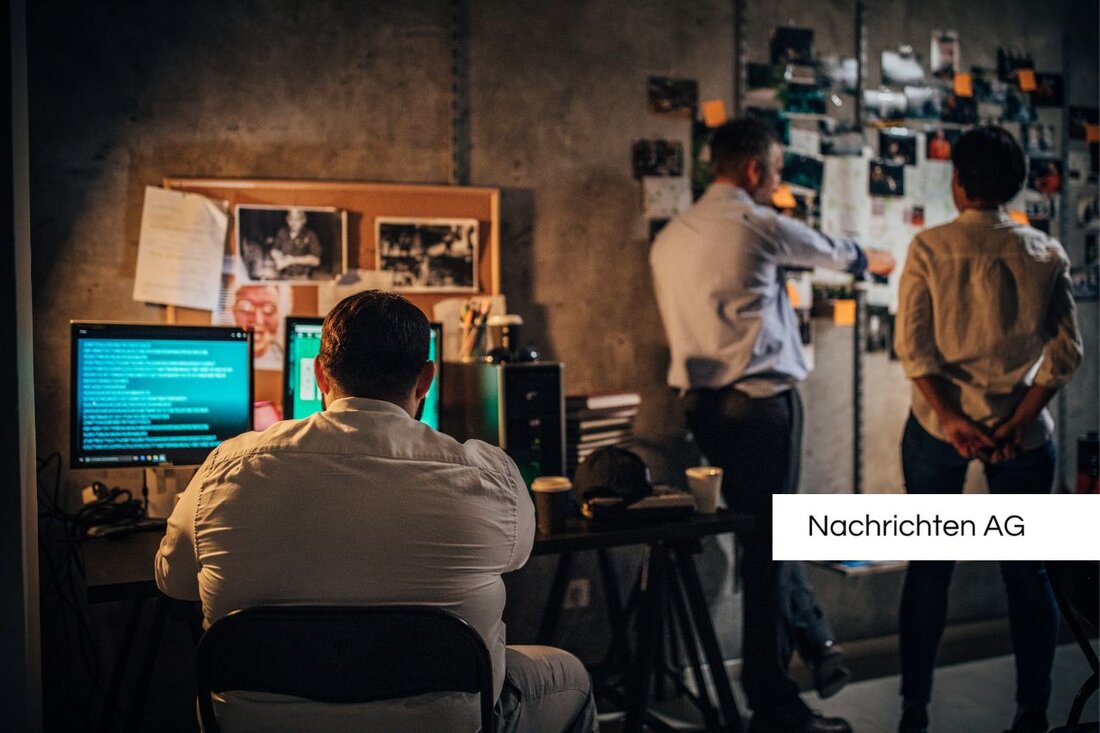Reunification: Bremen lawyer helped Rostock get back on its feet!
Find out how Rostock built democratic structures after reunification in 1990 thanks to the advice of Henning Lühr.

Reunification: Bremen lawyer helped Rostock get back on its feet!
October 3, 2025 marks the 35th anniversary of German reunification. An event that will never be forgotten and has left a major mark not only nationwide, but also locally in cities like Rostock. Henning Lühr, a Bremen lawyer and administrative expert, played a crucial role in the reconstruction of Rostock's city administration after reunification. Back then, in the spring of 1990, the city was confronted with a highly centralized administration that had no autonomy or local self-government. These circumstances created a massive challenge, as Rostock did not yet have a functioning administration.
As butenunbinnen.de reports, the Bremen Senate put together a special team of administrative experts to help Mayor Klaus Kilimann. Lühr, who worked as head of the finance department, took his duties seriously and provided valuable consulting assistance for nine months. He helped to build structures that met the requirements of West German municipalities. Before the first local elections in spring 1990, Lühr traveled to Rostock with a delegation to determine the need for support. These elections were a turning point: the SPD became the strongest faction, followed by the CDU.
Realignment of the administration
Under the leadership of Lühr and his colleague, it was possible to establish a new council and a senate. But there was a catch: many of the newly appointed department heads had no administrative experience. So Lühr and his colleague volunteered to support the new authorities. In the mayor's office, Lühr not only helped with the distribution of tasks, but also established a regular meeting of all office heads to provide training and important information. It was important to him that he acted as a democratic mediator and not as a colonial watchdog.
These processes implied fundamental changes in the GDR administration, which had been heavily dominated by the SED since the 1960s. As noted on bpb.de, the state in the GDR was structured in a highly hierarchical manner, with no scope for federalist approaches or local autonomy. This change to a federal structure was essential to the success of the re-establishment of the new federal states in 1990.
Challenges and successes
Despite the challenges that came with reunification, there were also positive developments. Rostock, which lost around 50,000 residents in the 1990s, experienced an influx through various development programs and new institutions. The University of Rostock also benefited from the development and experienced a remarkable boom. However, problematic tendencies emerged in some parts of the city, such as strong right-wing potential.
Henning Lühr, who is now 75 years old and works as an honorary professor of administrative sciences, sees these changes as a forward-looking development. From 2003 to 2020 he was also State Councilor for Finance in Bremen and during this time he contributed a lot to the development of modern administrative structures.
German reunification itself was a complex process that profoundly changed the country's political map. On October 3, 1990, the GDR officially became part of the Federal Republic of Germany, which was made possible by the Unification Treaty and the previous People's Chamber election in March 1990. This peaceful revolution, which began in 1989, ensured a return to democracy and a new, democratic administrative culture in the new federal states, as Wikipedia describes in detail.
35 years after this drastic event, many still look back on the challenges and successes that reunification brought with it. They are part of a history that has shaped and will continue to shape our country.

 Suche
Suche
 Mein Konto
Mein Konto